Saffron Spice: The Golden Mystery Unraveled
Have you ever wondered why a single gram of saffron costs more than gold? Why would ancient emperors bathe in it, and why do chefs today still treat it like culinary royalty? Welcome to the fascinating world of saffron spice, where history meets luxury and flavor dances on your tongue. In this article, we’ll explore what saffron is, where it comes from, how to use it, and even how to spot the real deal from clever imitations.
Table of Contents
- What Is Saffron Spice?
- A Glimpse into Its Ancient Roots
- How Saffron Goes from Flower to Flavor
- Why Is Saffron So Expensive?
- Ways to Use Saffron Like a Pro
- Saffron’s Health Benefits: Myth or Magic?
- Real vs. Fake: How to Spot the Imitation
- Looking for Substitutes? Here’s What You Can Try
- Tips for Buying and Storing Saffron
- Conclusion: Saffron—The Spice Worth Its Weight in Gold
What Is Saffron Spice?
Saffron is one of the most exotic spices in the world—and also one of the most expensive. It comes from the delicate stigmas of the Crocus sativus flower, commonly known as the saffron crocus. These thread-like stigmas are carefully hand-picked and then dried to be used in cooking, medicine, and even dye-making.
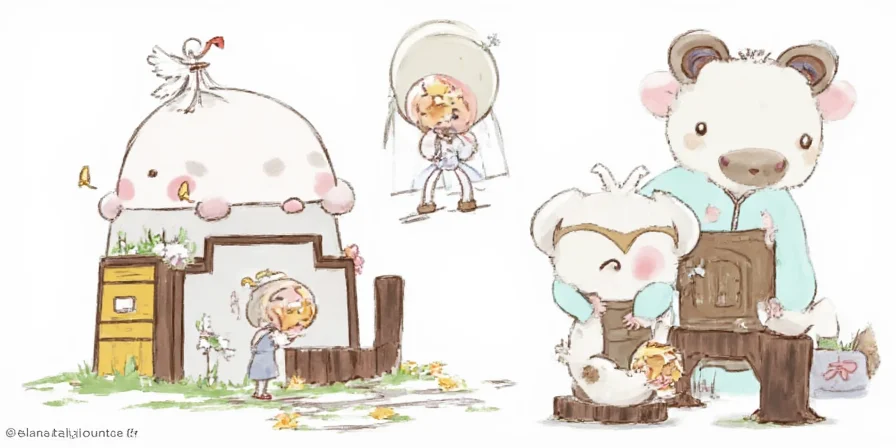
Fun Fact:
- To get just one pound of saffron spice, you need around 75,000 blossoms!
A Glimpse into Its Ancient Roots
Saffron has been part of human culture for thousands of years. Ancient Egyptians used it for medicinal purposes and as a royal perfume. Persian royalty bathed in saffron-infused water, while Greeks and Romans used it for everything from dyes to aphrodisiacs.
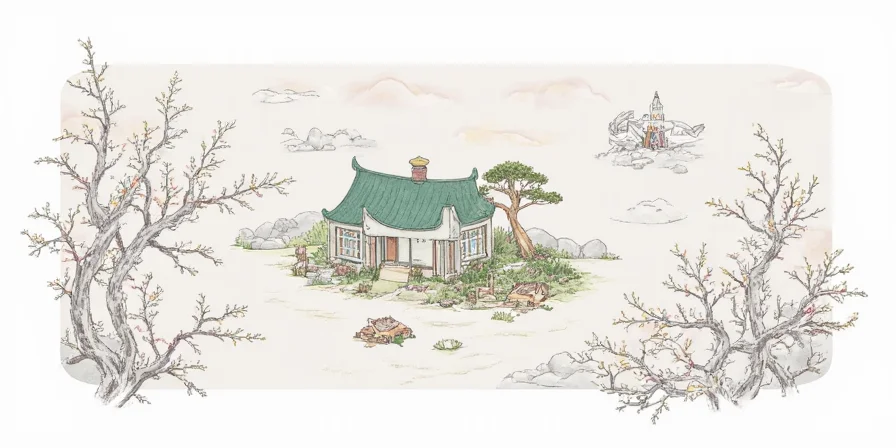
How Saffron Goes from Flower to Flavor
The life cycle of saffron is surprisingly delicate and labor-intensive:
- Harvesting: Each Crocus sativus flower blooms only once a year, usually in the fall. The three stigmas must be picked by hand before sunrise to preserve their flavor and aroma.
- Drying: Once harvested, the stigmas are dried using traditional methods (often over low heat or sunlight) to intensify their color and potency.
- Packaging: After drying, they’re stored in airtight containers away from light and moisture to maintain freshness.
Why Is Saffron So Expensive?
Let’s break down the economics of this golden wonder:
| Factor | Explanation |
|---|---|
| Labor-Intensive Harvest | Each stigma is hand-plucked, requiring massive manpower for minimal yield. |
| Low Yield Per Plant | Only 3 stigmas per flower, and only one bloom per plant per season. |
| Short Harvest Window | Flowers bloom only once a year, usually for just a week or two. |
| High Demand | Used globally in cooking, cosmetics, and alternative medicine. |
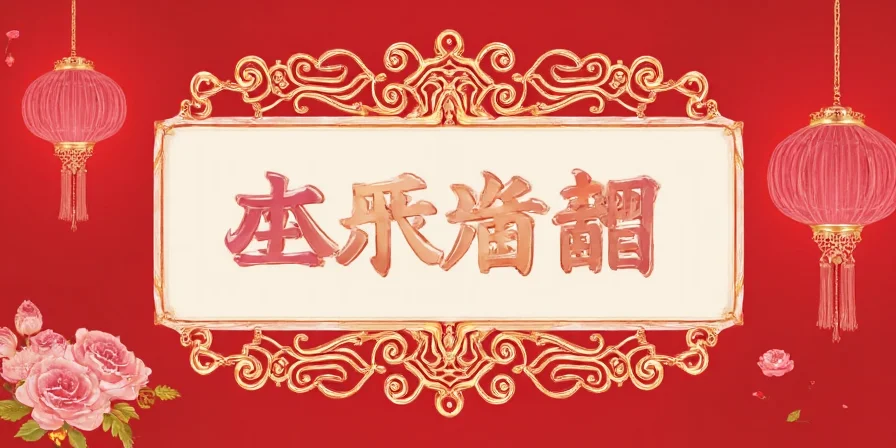
Ways to Use Saffron Like a Pro
Saffron isn’t just for paella! Here are some creative and classic ways to incorporate this golden spice into your cooking:
- Rice Dishes: Infuse warm milk or broth with saffron threads to give dishes like biryani or risotto a rich golden hue and floral aroma.
- Baking: Add a pinch to cakes, breads, or custards for an exotic twist.
- Teas & Beverages: Saffron tea is popular in many cultures—it’s earthy, slightly sweet, and calming.
- Desserts: Use in puddings, ice creams, and even honey drizzles for special occasions.
Saffron’s Health Benefits: Myth or Magic?
Is saffron just a flavor bomb or does it offer real health benefits? Let’s dive into the science behind the hype:
- Mood Enhancer: Some studies suggest saffron may act as a mild antidepressant due to its active compounds like crocin and safranal.
- Antioxidant Powerhouse: Rich in antioxidants that combat free radicals and reduce inflammation.
- Eye Health: May help protect against age-related macular degeneration.
- Heart Health: Preliminary research shows saffron can support cardiovascular wellness.

Real vs. Fake: How to Spot the Imitation
Unfortunately, fake saffron is everywhere. Here’s how to tell the difference between the real thing and the impostor:
| Feature | Real Saffron | Fake Saffron |
|---|---|---|
| Color | Vibrant red threads with orange tips | Uniform yellow or orange-red |
| Smell | Earthy, floral, slightly honey-like | Artificial fragrance or almost none |
| Texture | Delicate, fragile threads | Thicker, fibrous pieces (often dyed corn silk or coconut fibers) |
| Taste Test | Mildly bitter, aromatic aftertaste | Watery or bland |
Looking for Substitutes? Here’s What You Can Try
If you're not ready to splurge on pure saffron, here are a few affordable alternatives:
- Turmeric: Offers a similar color but a completely different taste profile.
- Paprika: Adds warmth and slight color, though less refined than saffron.
- Annatto: Often used in rice dishes for color, but lacks saffron's unique flavor.
Tips for Buying and Storing Saffron
Ready to invest in some high-quality saffron? Follow these golden rules:
- Buy Whole Threads: Powdered saffron loses potency faster and is easier to adulterate.
- Store in Darkness: Keep in an airtight container away from heat and sunlight.
- Use Small Amounts: A little goes a long way—start with a pinch and adjust as needed.
- Check Origin: Iranian and Spanish saffron are considered top-tier, but Kashmiri saffron is also highly prized.
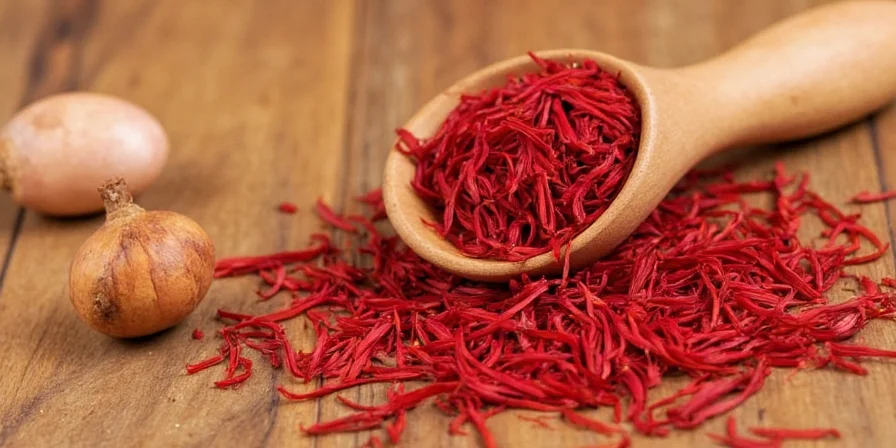
Conclusion: Saffron—The Spice Worth Its Weight in Gold
In conclusion, saffron is more than just a fancy garnish or Instagram-worthy ingredient. It’s a centuries-old treasure with a complex flavor, a storied past, and surprising health perks. Whether you're a home cook or a seasoned chef, adding saffron to your pantry is like investing in culinary gold.
Remember, quality matters. Don't be fooled by cheap imitations. When used correctly, saffron transforms ordinary meals into extraordinary experiences. So go ahead—dip your spoon into the golden pool of saffron spice, and let your senses dance in luxury.
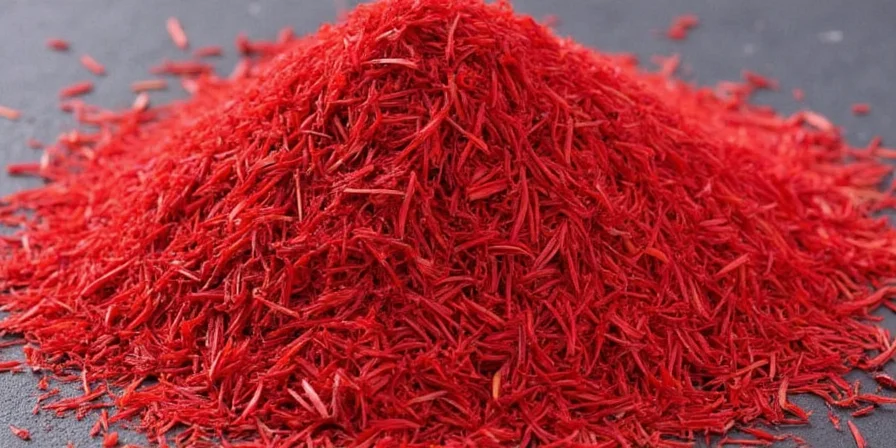











 浙公网安备
33010002000092号
浙公网安备
33010002000092号 浙B2-20120091-4
浙B2-20120091-4